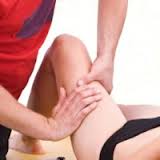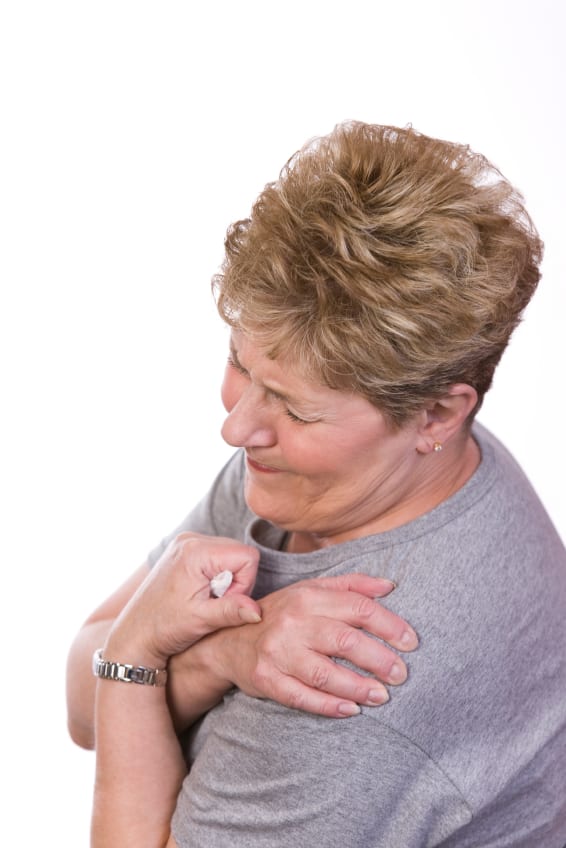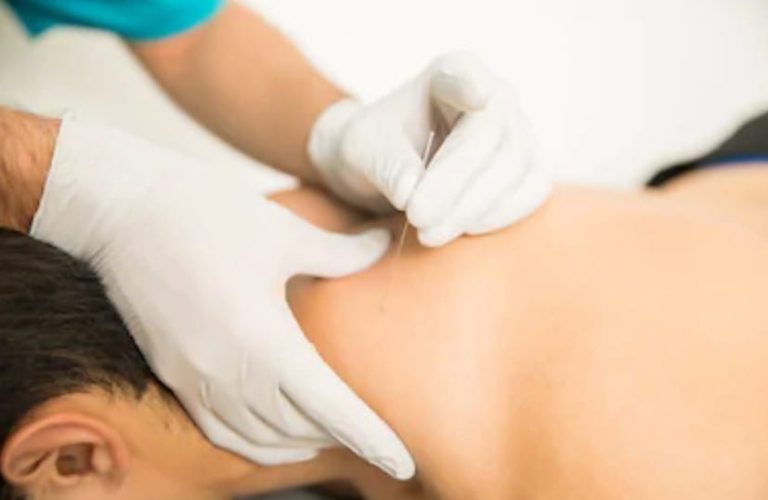Are my muscles “pulled,” “twinged,” “torn,” “strained,” in “spasm,” or “sprained”?
A guide to using the right words to describe your muscle injury
Joints, tendons, fascia and ligaments; sprained, strained, pulled and spasming muscles. Just what is going on with your painful muscles, and what does it mean for getting better?

Some definitions to help you understand what’s happening
Ligaments: These connect bones to bones across joints. They are made of dense regular connective tissue – super tough stuff. Weight for weight, stronger than tensile steel! But, they can still tear, especially if they get yanked in a direction they’re not used to.
Tendons: these connect muscles to bones. Every muscle has two tendons – one at each end. Note that tendons do not connect bones to bones, those are ligaments. The weakest part of a muscle-tendon unit is where the muscle fibres transition into the tendon. This is where tear injuries are most likely to happen.
Joints: muscles move your bones at your joints. The joint is where ligaments span the spaces between bones to connect them to each other. The ligaments all around the joint create a capsule, inside of which there is lubricating fluid with tough, smooth collagen coating the joint surfaces that face each other. Not all joints have a capsule, some just have ligaments going in different directions.
Fascia: connective tissue with a small amount of contractile (muscle) tissue in it. Fascia is like a wrapping, and everything in your body is wrapped in fascia. Each of your muscles is wrapped in fascia, like a covering of plastic food wrap. Each of your organs also has fascia; so do each of your bones. Fascia is continuous: the fascia of your muscles continues along to become the fascia of your tendons, which continues along to become the fascia of your ligaments on to the next muscle, and so on. It also connects to a layer just under your skin. It is like a web, all the way through you in one continuous mesh! If you’ve ever looked at a steak and seen that silvery, skin-looking stuff – that’s fascia.
Myofascia: the Latin prefix “myo~” just means “muscle,” so the myo-fascia is specifically the fascia that wraps around a muscle-tendon unit or units.
Sprains: This is an injury to a ligament or joint capsule. Ligament and joint sprains can be due to over-stretching of the fibres, or tears (also called ruptures). Ruptures can be partial or complete. An old sprain might just be scar tissue laid down in a disorganised way. Old sprains are usually not painful unless they get yanked or pulled the wrong way when you move. Since there are almost no blood vessels within a ligament, there is sometimes no bruising unless other parts around the injury are also damaged. Having almost no blood supply also means it takes longer for ligaments to fully heal.
Strains: This is a muscle injury. “Muscle” here means the muscle itself, and/or the myofascia, and/or the tendon. The strain injury can be an overstretching of the myofascia or a tear (rupture) of the muscle fibres or the tendon. The rupture could be partial or full-thickness. Muscle has lots of blood vessels, which means two things: lots of bruising, to begin with, but also quick healing time. Tendons and fascia have much fewer blood vessels and take longer to heal.
Muscles and tendons are sTrained.
Ligaments and joints are sPrained.
Pulled muscles: Harder to define since this is a common-langage term, not a medical term. Basically what it means is a muscle/tendon strain – that is, a tear or rupture. But some people mean it to be a muscle that is pulling (contracting) really hard due to overuse or extreme fatigue. In this second case, it is actually a spasm or cramp.
Spasm: The fancy term is “persistent involuntary hypertonicity” which is a fancy way of saying the muscle won’t stop contracting when it should be at rest. Spasm can happen if you are under-hydrated, lack electrolytes like sodium, calcium, or potassium, or if you lack another key mineral like magnesium. It could also be a neurological “misfire” in the way your brain or spinal cord is coordinating signals to the muscle – for example, if your brain sends simultaneous signals to opposing muscles and they end up fighting against each other… and one of them eventually loses.
Muscle twinges: Ever get a sudden, electrifying zinger in your neck if you move it too suddenly? Or maybe you get a brief, sudden zap in one of your forearm muscles. This is often followed by several minutes of fuzzy, painful sensations in the affected muscle that may or may not go away. This is a type of spasm that has ‘struck a nerve’ – a nearby nerve has been affected by the spasm and over-stimulated. Most of the time the nerve calms down, but every once in awhile the spasm really irritates the nerve and the pain doesn’t go away. That’s when you need to go see a manual therapist or doctor of some kind.
Muscle aches: Muscle aches build up over time. They could be long-term, low-level spasms that slowly build up and become sorer, or they could just come about from overuse or fatigue. If you think you have achy muscles because of posture, it’s probably due to these long-term (‘chronic’) low-level spasms. A good remedial massage therapist is a good choice for treating these, if heat packs, stretching, and exercises don’t help.

Remedial Massage for Pulled Muscles
Whether it’s a spasm, a strain, or a twinge, your pulled muscles can be treated by a remedial massage therapist. Treatment usually involves some combination of the usual Swedish massage, and quite likely some myofascial release (MFR) technique.
Your therapist might also use positional release technique, in which they will try to shorten and put slack into the muscle and hold it there until it relaxes into that slackness.
They might also ask you to contract the opposite muscles in specific ways with a method called muscle energy technique (MET).
Some myotherapists or physiotherapists could also get the sharps out and use myofascial dry needling (MDN) in specific points in the muscle/tendon, approaching it from the inside of the structure itself.
In all cases, your therapist should explain to you what they are doing and why they are using the specific techniques they have chosen for you.
Good luck! Sprains, strains, and spasms are no fun at all!!




